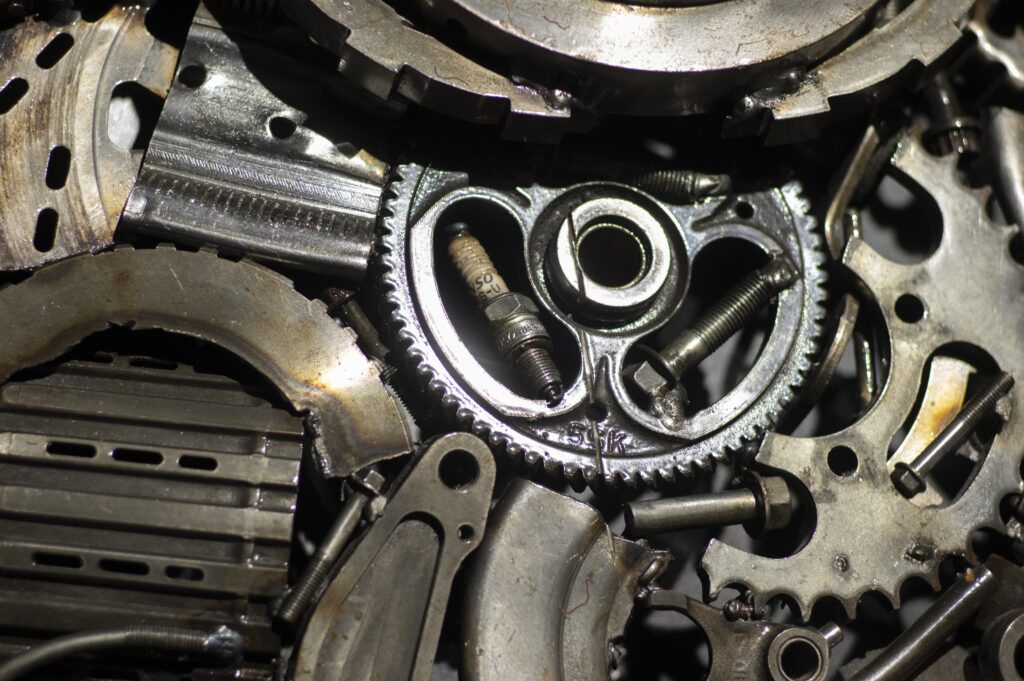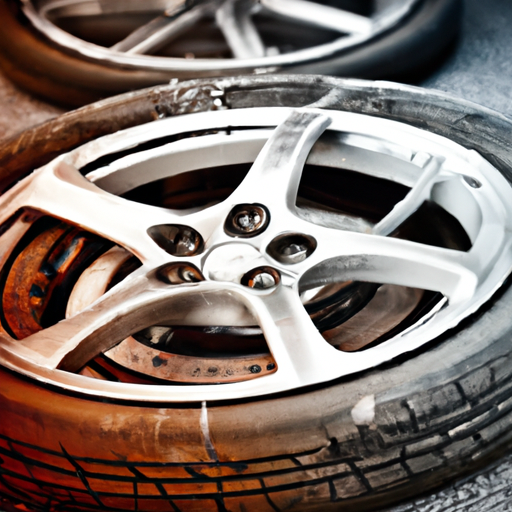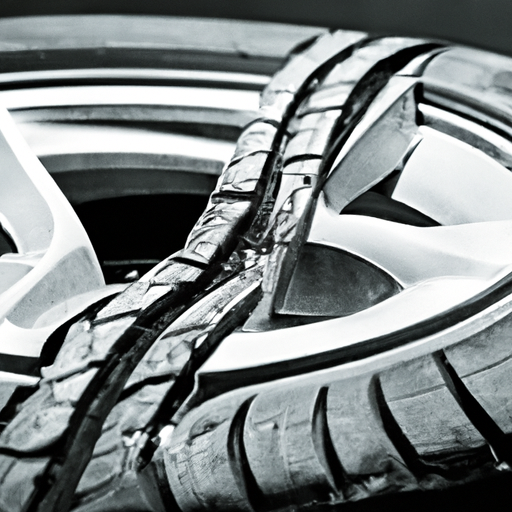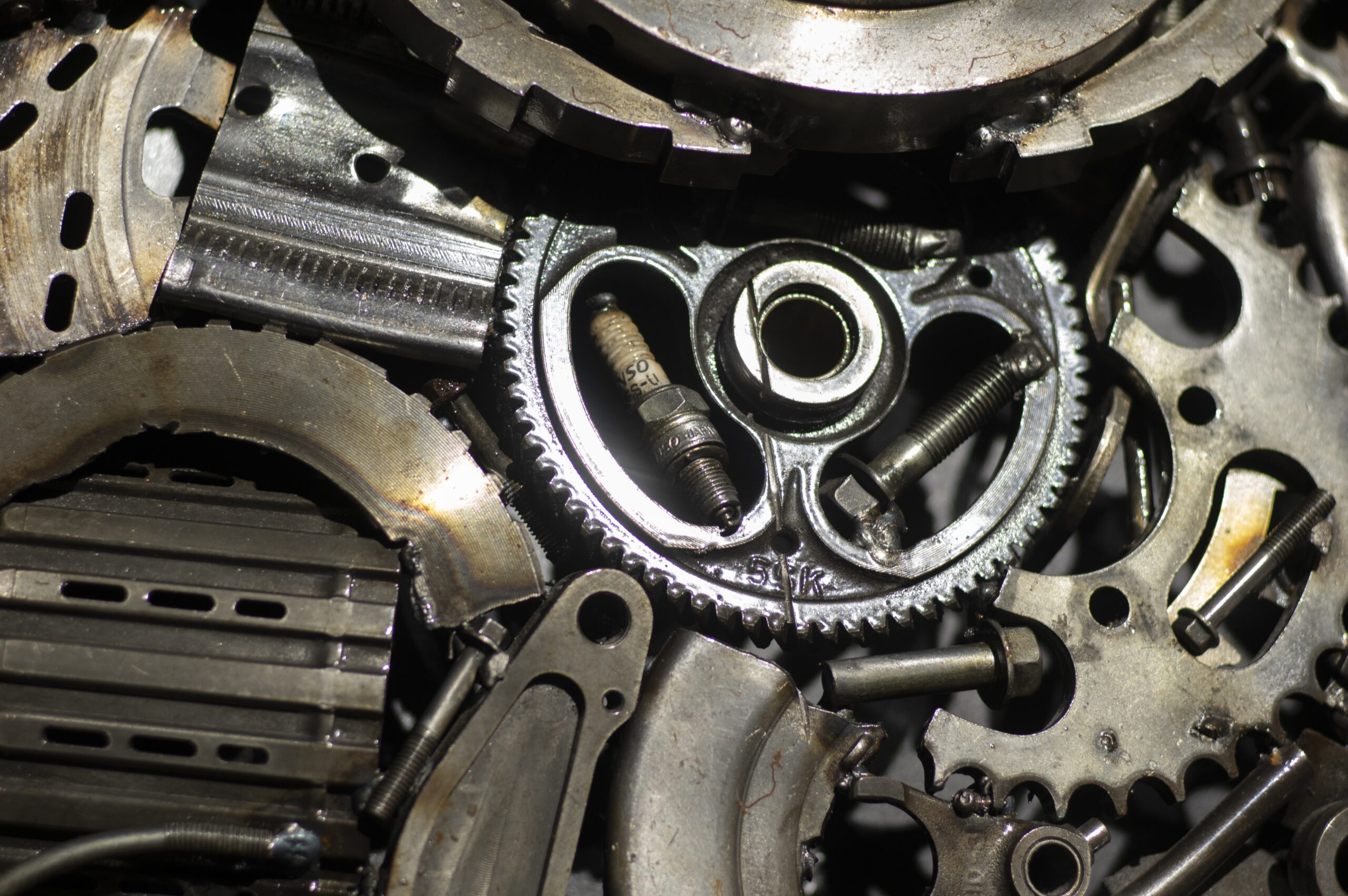Imagine this: you’re cruising down the road, wind blowing in your hair, enjoying a peaceful drive when suddenly, your car starts to wobble. Panic sets in as you pull over to inspect what could be causing this alarming sensation. Then it hits you – a broken wheel. But how does something as sturdy as a wheel break? In this article, we unravel the mystery behind how wheels break and explore the factors that can lead to this unexpected and inconvenient situation. Prepare to gain a deeper understanding of wheel mechanics and discover the importance of regular maintenance to keep you rolling smoothly on the roads.
Common Causes of Wheel Breakage
Wheels are crucial components of various vehicles, providing stability and allowing smooth movement. However, they can sometimes break, leading to potential accidents and safety risks. Understanding the common causes of wheel breakage is essential in order to prevent such occurrences and ensure the proper functioning and longevity of your wheels. Let’s explore the most frequent causes of wheel breakage and discuss preventive measures and repair options.
Material Fatigue
Definition and Explanation
Material fatigue refers to the gradual weakening and eventual failure of a wheel’s material due to repeated cyclic loading. Over time, the continuous stress and strain placed on the wheel’s material can lead to microstructural damage, resulting in cracks and fractures.
Factors Affecting Material Fatigue
Several factors can contribute to material fatigue, including the quality of the wheel material, the design of the wheel, and the magnitude and frequency of the loading it experiences. Poor-quality materials or inadequate design can accelerate material fatigue and increase the risk of breakage.
Symptoms of Fatigue-Related Breakage
Recognizing the symptoms of fatigue-related wheel breakage is crucial for preventing accidents. Look out for visible cracks or fractures on the surface of the wheel, as well as any unusual noises or vibrations while driving. Regular inspections can help identify these symptoms and allow for timely action to be taken.

Overloading
Effects of Excessive Load
Overloading a wheel beyond its maximum weight capacity is a common cause of breakage. Excessive load places undue stress on the wheel, which can lead to deformation and structural damage. Over time, consistent overloading can significantly decrease the wheel’s strength and durability.
Signs of Overloading on Wheels
To determine if a wheel has been subjected to excessive load, examine the wheel for signs such as visible deformation or bending, particularly near the center or the edges. Additionally, increased vibrations or wobbling during operation may indicate overloading.
Prevention Measures
To prevent overloading-related breakage, always adhere to the specified weight capacity limits for your vehicle’s wheels. Regularly check and distribute the load evenly across all wheels. If your vehicle frequently carries heavy loads, consider upgrading to wheels with higher weight capacity.
Impact or Collision
Causes of Impact or Collision
Wheel breakage can also result from impact or collision with objects on the road, curbs, or other vehicles. Such incidents place intense forces on the wheels, leading to structural damage or bent rims.
Effects on Wheel Integrity
An impact or collision can compromise the integrity of the wheel by causing cracks, fractures, or bending. Even if the damage may not be immediately noticeable, it can gradually worsen and eventually result in wheel failure.
Detecting Damage Resulting from Impact
After experiencing an impact or collision, it is crucial to carefully inspect the wheels for any visible damage. Look for dents, cracks, or deformations on the rims or spokes. Feel for any irregularities or vibrations while driving, as these may be indicators of damage.
Repair versus Replacement Considerations
When determining whether to repair or replace wheels damaged by impact or collision, consider the severity of the damage. Minor damage, such as small dents or scratches, can often be repaired. However, significant structural damage or bent rims may require wheel replacement for optimal safety.

Corrosion
Types of Corrosion
Corrosion, a chemical process that occurs when metal reacts with its environment, can also contribute to wheel breakage. There are several types of corrosion that can affect wheels, including galvanic corrosion, pitting corrosion, and crevice corrosion.
Corrosion’s Impact on Wheels
Corrosion weakens the structural integrity of the wheel, leading to cracks and breakage. It can also affect the wheel’s appearance, causing discoloration and surface roughness.
Preventing Corrosion-Induced Breakage
To prevent corrosion-induced wheel breakage, it is essential to regularly clean and protect your wheels. Avoid exposure to saltwater, chemicals, or other corrosive substances. Utilizing protective coatings and conducting routine inspections can also help identify and address corrosion early on.
Improper Installation
Incorrect Torque Application
Improper installation, particularly incorrect torque application during wheel installation, can be a significant cause of wheel breakage. Under-tightening or over-tightening the lug nuts can result in uneven stress distribution, leading to potential cracks or fractures.
Misalignment of Wheels
Misaligning the wheel during installation can also contribute to breakage. Misalignment causes uneven weight distribution and increased stress on specific areas of the wheel, making it more susceptible to failure over time.
Effects of Improper Installation on Wheel Breakage
Improper installation can result in tire imbalance, vibrations, or wobbling, which may lead to premature wheel breakage. Neglecting proper installation procedures can have severe consequences for overall vehicle safety.
Proper Installation Techniques
To prevent wheel breakage due to improper installation, it is crucial to follow manufacturer guidelines for torque specifications. Use a torque wrench to ensure proper tightening of lug nuts. Additionally, ensure correct wheel alignment to maintain balanced weight distribution and reduce stress on the wheel.

Signs of Wheel Breakage
Recognizing the signs of wheel breakage is essential for taking immediate action and preventing accidents. Keep an eye out for the following indicators:
Visible Cracks or Fractures
Inspect the surface of the wheel for any visible cracks, fractures, or deformations. Timely identification of such damage can help prevent catastrophic wheel failure.
Vibrations or Wobbling
Excessive vibrations or wobbling while driving, particularly at high speeds, may indicate wheel damage or imbalance. Seek immediate professional inspection if you experience these symptoms.
Loss of Tire Pressure
A sudden or continuous loss of tire pressure may indicate a damaged wheel that is unable to maintain proper tire seal and inflation. Address such issues promptly to prevent further damage.
Strange Noises
Unusual noises coming from the wheel area, such as grinding or squealing sounds, may be signs of imminent wheel breakage. Seek professional assistance to diagnose and resolve the issue.
Inspection and Maintenance
Regular inspections and maintenance play a vital role in preventing wheel breakage and ensuring overall vehicle safety. Follow these practices to maintain your wheels:
Frequency of Wheel Inspections
Inspect your wheels regularly, ideally before and after long trips or at least once a month. It is especially important to conduct thorough inspections after impacts or collisions.
Visual Examination
Perform a visual examination of the wheels, looking for any visible cracks, deformations, or signs of corrosion. Also, inspect the lug nuts and ensure they are properly tightened.
Ultrasonic Testing
Consider utilizing ultrasonic testing to detect hidden defects or cracks within the wheel material. This non-destructive testing technique can identify potential breakage risks that may not be visible to the naked eye.
Routine Maintenance Procedures
Regularly clean your wheels to prevent buildup of corrosive substances. Rotate your tires according to the manufacturer’s recommendations to distribute the load evenly. Additionally, ensure that your tire pressure is regularly checked and maintained within the recommended range.

Safety Considerations
Understanding the hazards associated with wheel breakage is essential for prioritizing safety. Some risks include:
Hazards of Wheel Breakage
Wheel breakage can result in loss of control, tire blowouts, and accidents. It poses a significant threat to the safety of not only the driver and passengers but also other road users.
Precautionary Measures
Always follow recommended weight capacity limits, proper installation techniques, and maintenance procedures to minimize the risk of wheel breakage. Additionally, avoid hitting curbs or other objects on the road, and drive cautiously to prevent impacts or collisions.
Importance of Regular Maintenance
Regular maintenance is crucial for identifying issues early on and resolving them promptly. By conducting routine inspections and adhering to maintenance practices, you can ensure the reliability and safety of your wheels.
Repairing or Replacing Broken Wheels
If wheel breakage occurs, appropriate actions must be taken to restore safety and functionality. Consider the following factors when deciding whether to repair or replace broken wheels:
Assessment of Damage
Thoroughly inspect the extent of the wheel damage, considering factors such as visible cracks, fractures, and alignment issues. Seek professional assistance to accurately evaluate the possibility of repair versus replacement.
Repair Options and Limitations
Minor damage, such as small dents or scratches, can often be repaired by a qualified wheel repair specialist. However, repairs are not always feasible or recommended for significant structural damage.
When Replacement is Necessary
If the damage to the wheel compromises its integrity or exceeds repair limitations, replacement is crucial to ensure safety. Consult with professionals to choose suitable replacement wheels for your vehicle.
Wheel Replacement Procedures
When replacing a broken wheel, it is important to ensure proper installation and alignment. Follow the manufacturer’s guidelines and seek professional assistance if needed to ensure a secure and balanced fit.
By understanding the common causes of wheel breakage, you can take proactive measures to prevent accidents and maintain the performance and safety of your wheels. Regular inspections, proper installation, and routine maintenance are key to avoiding wheel breakage and ensuring a smooth and secure ride.


